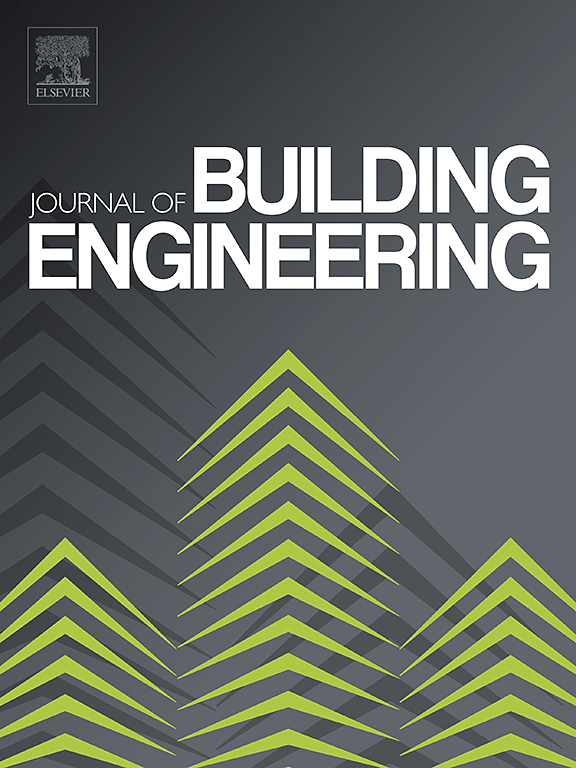IF 6.7
2区 工程技术
Q1 CONSTRUCTION & BUILDING TECHNOLOGY
引用次数: 0
摘要
现有的居住者行为(OB)模型主要关注单一设备的运行,而忽视了中国住宅建筑中多种设备相互依赖的使用模式。这些限制源于多种因素,包括经济考虑、热耐受阈值、行为习惯以及在协调空调、窗户和风扇等设备时的预期占用时间。这种行为的复杂性造成了环境参数和能源消耗之间的非线性互动,使传统的单设备建模方法不足以预测实际的能源性能。为了弥补这一不足,本研究提出了一种模糊多标准决策(FMCDM)模型,用于在居住者行为建模中综合利用多种设备,例如空调(AC)、窗户和风扇。该模型结合了模糊 VIKOR(FV)和生存分析,可预测多种设备的使用优先级及其运行时间。结果表明,与单设备转播模型相比,综合使用空调、窗户通风和风扇通风的策略更准确、更客观地反映了居住者的实际行为,并能更精确地预测实际能耗。本研究提出的基于模糊多准则决策的多行为建模方法可进一步推广到其他建筑类型以及与热舒适度相关的各种用能行为的分析和研究中。本文章由计算机程序翻译,如有差异,请以英文原文为准。
Approach of establishing a fuzzy multi-criteria decision model for building occupant multi-behaviors
Existing occupant behavior (OB) models predominantly focus on single-device operations, neglecting the interdependent use patterns of multiple appliances in Chinese residential buildings. These limitations originate from multiple factors including economic considerations, thermal tolerance thresholds, behavioral habits, and anticipated duration of occupancy when coordinating appliances like AC, windows, and fans. Such behavioral complexity creates non-linear interactions between environmental parameters and energy consumption, rendering conventional single-device modeling approaches inadequate for predicting actual energy performance. To address this gap, this study proposes a fuzzy multi-criteria decision-making (FMCDM) model for the integrated use of multiple devices in occupant behavior modeling, with examples including air conditioning (AC), windows, and fans. The model combines fuzzy VIKOR (FV) and survival analysis to predict the usage priorities of multiple devices and the timing of their operation. The results demonstrate that strategies incorporating the combined use of AC, window ventilation, and fan ventilation more accurately and objectively represent actual occupant behavior and predict real energy consumption more precisely compared to single-device OB models. The multi-behaviors modeling method based on fuzzy multi-criteria decision-making proposed in this study can be further extended to the analysis and research of other building types and various energy-use behaviors associated with thermal comfort.
求助全文
通过发布文献求助,成功后即可免费获取论文全文。
去求助
来源期刊

Journal of building engineering
Engineering-Civil and Structural Engineering
CiteScore
10.00
自引率
12.50%
发文量
1901
审稿时长
35 days
期刊介绍:
The Journal of Building Engineering is an interdisciplinary journal that covers all aspects of science and technology concerned with the whole life cycle of the built environment; from the design phase through to construction, operation, performance, maintenance and its deterioration.
 求助内容:
求助内容: 应助结果提醒方式:
应助结果提醒方式:


